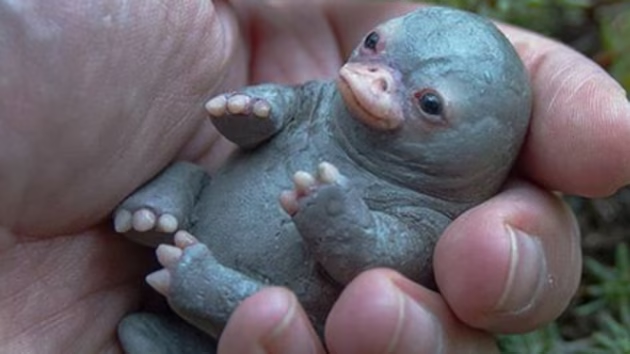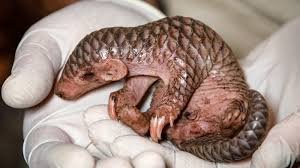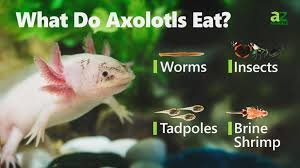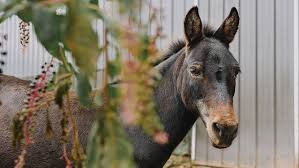
platypus baby
The platypus baby, often called a “puggle,” is among the most fascinating newborns in the animal kingdom. The platypus itself is a biological marvel, being one of only five species of monotremes—mammals that lay eggs instead of giving birth to live young. Native to eastern Australia and Tasmania, the platypus combines traits of mammals, birds, and reptiles. The early life of a platypus baby offers a glimpse into an ancient evolutionary pathway, one that challenges our understanding of what it means to be a mammal.
Origins and Classification
The platypus, Ornithorhynchus anatinus, belongs to the family Ornithorhynchidae and is closely related to echidnas, the only other surviving monotremes. Unlike most mammals, which nourish their unborn young internally, the platypus lays eggs in burrows dug into riverbanks. Platypus babies hatch from these eggs and are then nurtured in a highly specialized way. Their unique biology provides scientists with vital insights into mammalian evolution, as they display characteristics shared with reptiles as well as mammals.
Egg-Laying and Hatching
The story of a platypus baby begins not with live birth but with eggs. After mating, the female retreats to a carefully constructed nesting burrow lined with wet vegetation. She lays one to three small, leathery eggs, which she incubates by curling her body around them. After about 10 days, the eggs hatch, and tiny, underdeveloped platypus babies emerge. At hatching, they are blind, hairless, and extremely fragile, weighing only about 1 gram. Their dependence on maternal care is absolute at this stage.
Physical Appearance of Platypus Babies
A newly hatched platypus baby looks nothing like the semi-aquatic adult it will become. Instead, it resembles a small, pink embryo with delicate limbs and soft skin. They lack fur, and their characteristic duck-like bills are only beginning to form. Over time, fur begins to grow, their eyes develop, and their bills harden into the distinct flattened shape that defines the species. These changes occur gradually over several months of nurturing within the safety of the mother’s burrow.
Feeding and Diet
Platypus babies do not suckle in the way most mammals do, as their mothers lack teats. Instead, milk is secreted through specialized mammary gland ducts and absorbed through the skin and fur of the mother’s abdomen. The puggles lap up the milk directly from the fur. Platypus milk is nutrient-rich, containing antibacterial properties that protect vulnerable babies. As they mature, puggles begin to develop feeding behaviors that prepare them for an aquatic lifestyle. By the time they leave the burrow, they are capable of catching and consuming prey such as insect larvae, worms, and freshwater shrimp.
Maternal Care and Bond
The relationship between a platypus mother and her babies is highly dedicated. After laying eggs, the female seals the entrance of the burrow to protect her offspring from predators. She remains inside for extended periods, only leaving occasionally to feed. During these absences, she plugs the tunnel with soil to further safeguard the puggles. This intensive maternal investment continues for three to four months, until the young are developed enough to emerge from the burrow and begin exploring aquatic habitats.
Growth and Development Milestones
Platypus babies grow rapidly from helpless hatchlings to semi-independent juveniles. In the first weeks, they remain in close contact with the mother, relying on her warmth and nourishment. Around the second month, fur begins to appear, and their sensory organs gradually develop. By three to four months, they are weaned and ready to practice swimming and foraging. At this stage, they resemble miniature adults but are still dependent on the mother for guidance and protection. By the time they leave the burrow, they are fully capable of surviving independently.
Platypus Babies in the Wild vs. Captivity
Studying platypus babies in the wild is challenging due to their secretive nesting behavior and the difficulty of accessing burrows without disturbing them. Most detailed knowledge comes from observations in controlled environments and wildlife sanctuaries. Successful breeding in captivity has proven rare, making every birth a valuable opportunity for research. Institutions like Taronga Conservation Society Australia play a crucial role in monitoring and supporting platypus populations, including research on juvenile development and health.
Threats to Platypus Babies
Platypus babies face many dangers, particularly due to environmental changes. Predators such as snakes, lizards, and birds of prey can target eggs and hatchlings. However, the greatest threats come from human activities. Habitat destruction, water pollution, and climate change have disrupted freshwater ecosystems, reducing food availability and nesting sites. Severe weather events, like droughts and floods, further endanger young platypuses by destroying burrows. Because of these threats, conservationists are increasingly concerned about the survival rate of puggles in the wild.
Conservation Efforts
Conservation programs aim to safeguard both adult platypuses and their babies by protecting freshwater habitats and reducing pollution. Research projects are dedicated to monitoring breeding success and juvenile survival rates. Organizations such as the Australian Platypus Conservancy conduct surveys and promote awareness about these unique mammals. Breeding success in the wild is seen as a key indicator of ecosystem health, making the survival of every platypus baby crucial to long-term conservation efforts.
Symbolism and Cultural Importance
The platypus has long fascinated humans, from Indigenous Australian stories to modern scientific studies. Platypus babies, in particular, symbolize the mysterious and fragile beginnings of life. Their unusual biology challenges our definitions of mammals and serves as a reminder of the diversity of evolution. In cultural symbolism, the puggle often represents curiosity, resilience, and adaptability. Globally, they are celebrated as icons of Australia’s unique biodiversity.
Fascinating Facts About Platypus Babies
- A platypus baby is commonly referred to as a puggle, though the term is also used for echidna young.
- Platypus babies hatch from leathery eggs, similar to reptiles.
- They are born blind, hairless, and completely dependent on their mothers.
- Platypus milk contains unique antibacterial proteins.
- Puggles spend three to four months inside the burrow before emerging.
The Future of Platypus Babies
The survival of platypus babies is closely tied to the conservation of freshwater environments in Australia. Protecting river systems, preventing pollution, and addressing climate change are vital for ensuring future generations of platypuses thrive. Research into their unusual biology continues to inspire scientists, while conservation efforts safeguard habitats. Each platypus baby represents not only a new life but also a chance to secure the future of one of nature’s most extraordinary mammals.
Conclusion
The platypus baby is a living example of evolutionary wonder. From its egg-laying beginnings to its transformation into a semi-aquatic juvenile, every stage of its development highlights the uniqueness of monotreme mammals. While fragile and vulnerable at birth, puggles grow into strong survivors under the care of dedicated mothers. Their existence reminds us of the importance of conservation and the incredible diversity of life on Earth. Protecting platypus babies means protecting ecosystems, heritage, and one of nature’s most extraordinary stories.






